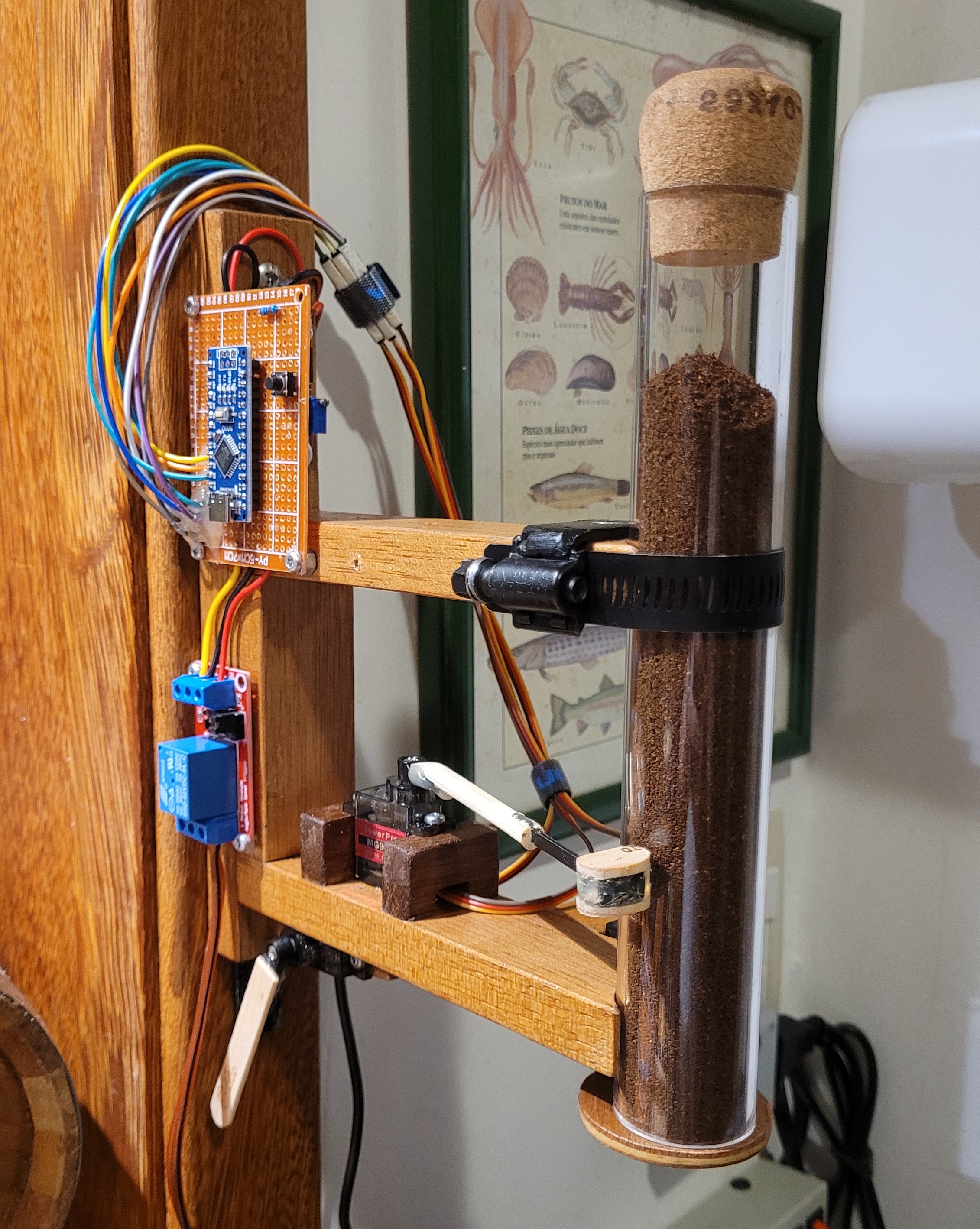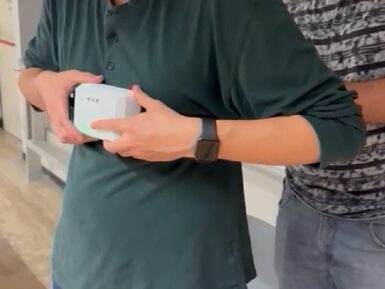
Overview
It can detect combustible Carbon Monoxide, Coal Gas and Liquefied Gas. The sensitivity can be adjusted by the potentiometer.
Hardware Overview
This is an Analog output sensor. It needs to be connected to any one Analog socket in Grove Base Shield. It is possible to connect the Grove module to Arduino directly by using jumper wires. When doing so, please refer to the connection table below:
|
Arduino |
Gas Sensor |
|
5V |
VCC |
|
GND |
GND |
|
NC |
NC |
|
Analog A0 |
SIG |
The output voltage from the Gas sensor increases when the concentration of gas. Sensitivity can be adjusted by rotating the potentiometer.
Please note that the best preheat time for the sensor is 24 hours and above.
Note: Hot-swapping the grove may lead to IC burnout, please turn off the power of main board before swapping grove.
Tech specs
Specification
|
Item |
Parameter |
Min |
Typical |
Max |
Unit |
|
VCC |
Working Voltage |
4.9 |
5 |
5.1 |
V |
|
PH |
Heating consumption |
0.5 |
- |
340 |
mW |
|
RL |
Load resistance |
adjustable |
|||
|
RH |
Heater resistance |
- |
33Ω±5% |
- |
Ω |
|
Rs |
Sensing Resistance |
2 |
- |
20000 |
Ω |
|
CO/CH4/LPG Scope |
Detecting Concentration |
200 |
- |
1000/10000/10000 |
ppm |
Technical Details
|
Dimensions |
130mm x 90mm x 23mm |
|
Weight |
G.W 15g |
Get Inspired

Device to automate that ordinary coffee maker everyone has.

For children who experience certain developmental delays, specific types of physical therapies are often employed to assist them in improving their balance and motor skills/coordination. Ivan Hernandez, Juan Diego Zambrano, and Abdelrahman Farag were looking for a way to quantify the progress patients make while simultaneously presenting a gamified approach, so they developed a standalone node for equilibrium evaluation that could do both. On the hardware side of things, an Arduino Nano BLE 33 Sense Rev2 is responsible for handling all of the incoming motion data from its onboard BMI270 six-axis IMU and BMM150 three-axis magnetometer. New readings are constantly taken, filtered, and fused together before being sent to an external device over Bluetooth Low Energy. The board was also connected to a buzzer and buttons for user inputs, as well as an RGB LED to get a real-time status. The patient begins the session by first putting on the wearable and connecting to the accompanying therapist application. Next, a game starts in which the user must move their torso to guide an image of a shark over the image of a stationary fish within a time period — ultimately trying to get the highest score possible. Throughout all of this, a vision system synchronizes its readings with the IMU sensor readings for an ultra-detailed look at how the patient responds to the game over time. To read more about the project, you can visit the team's write-up on Hackaday.io.





